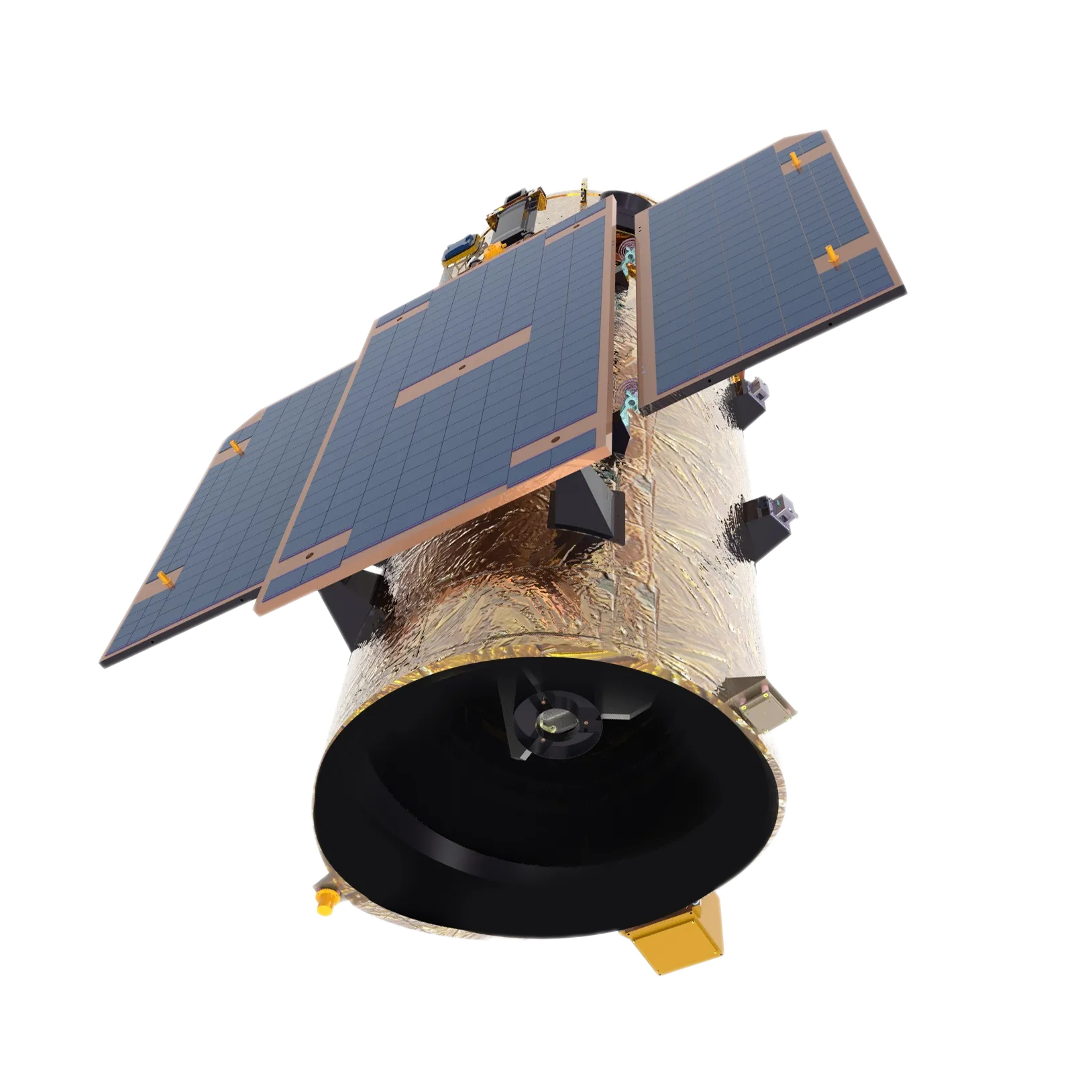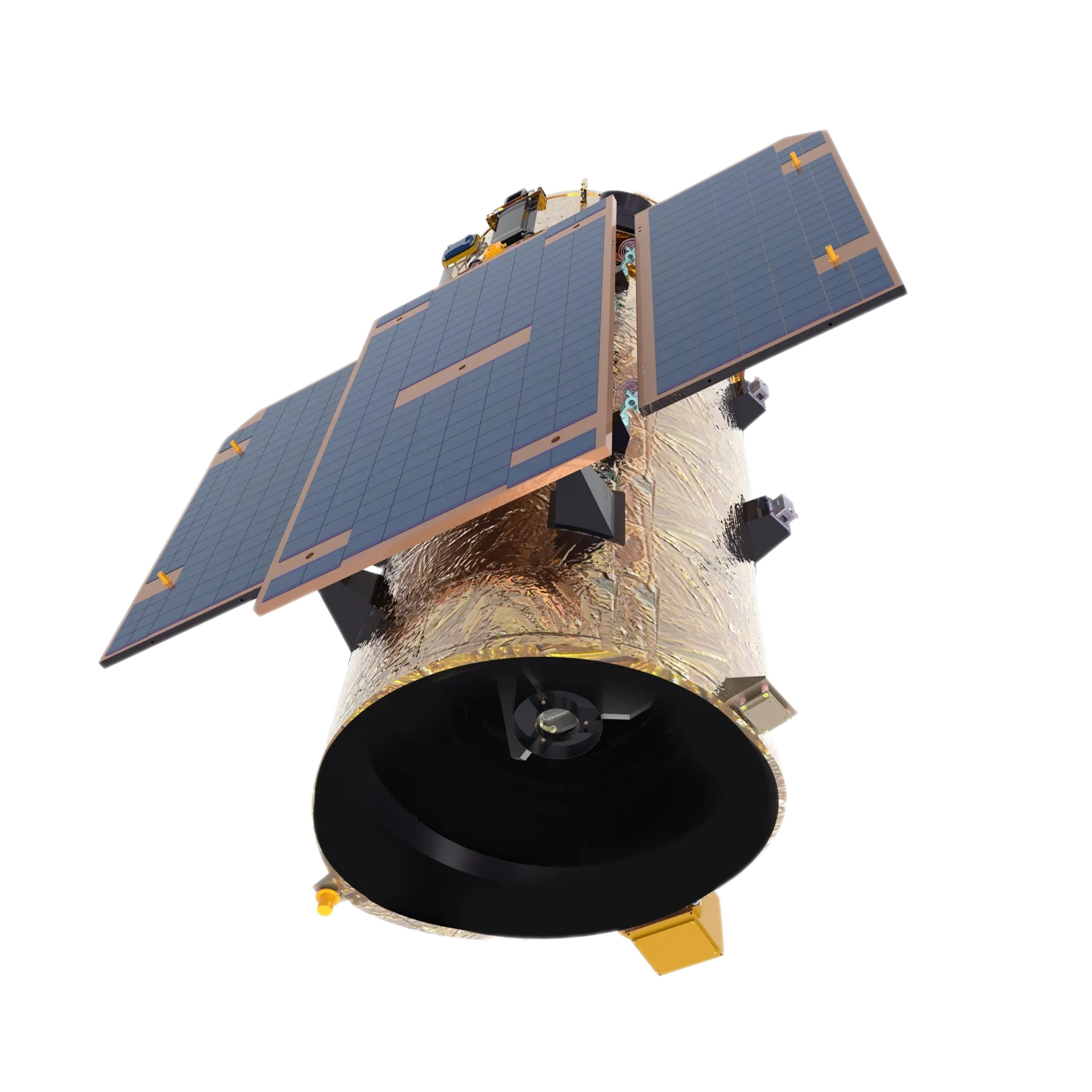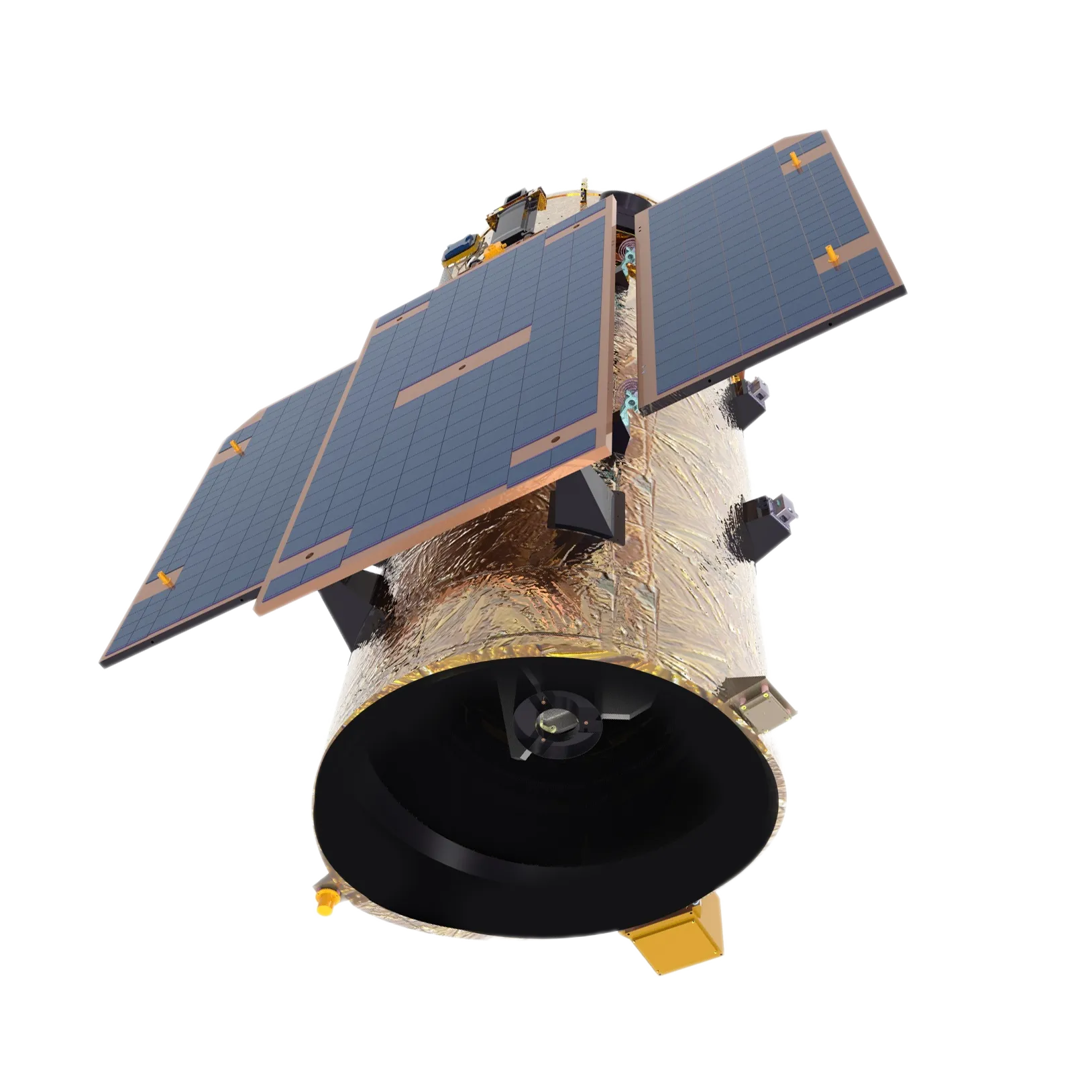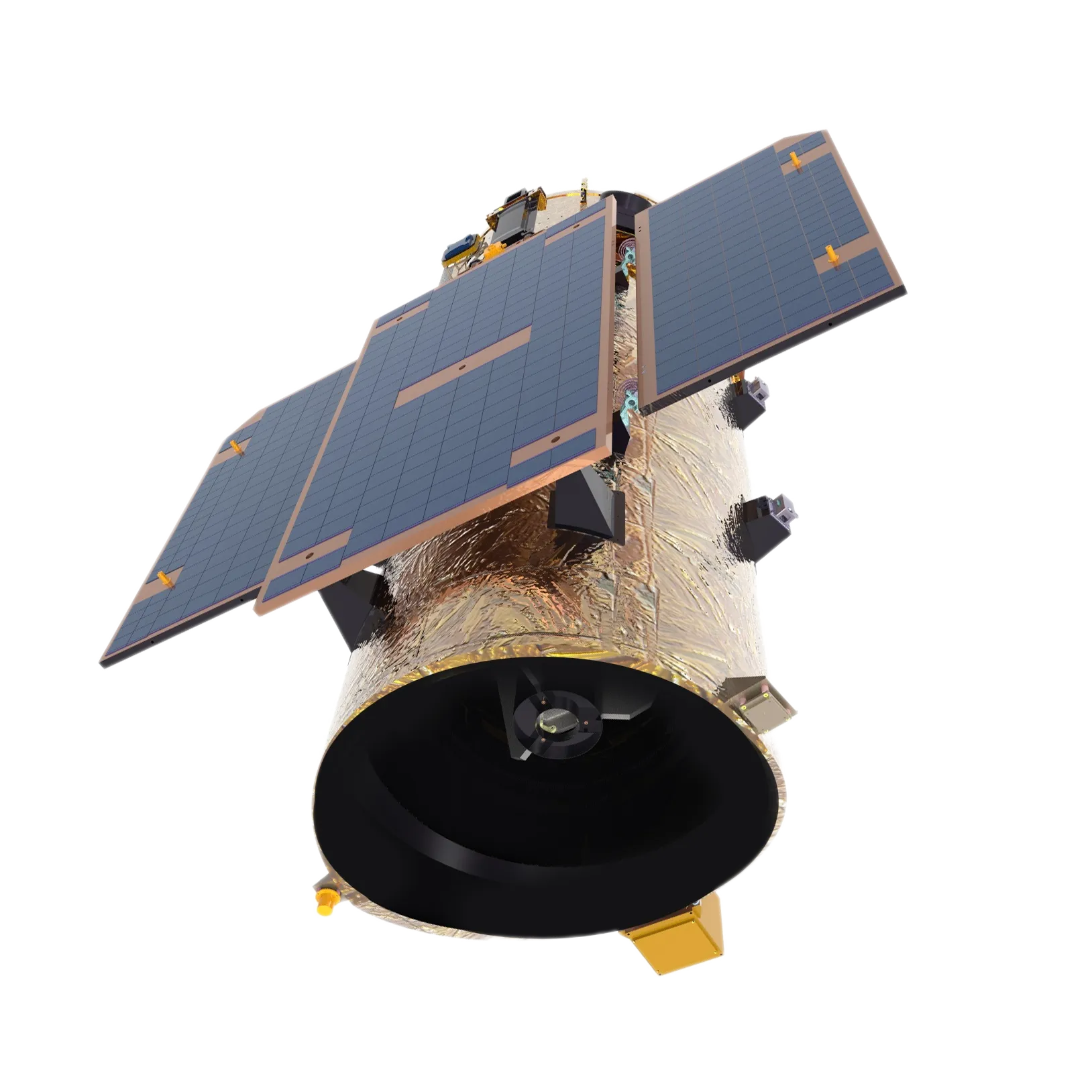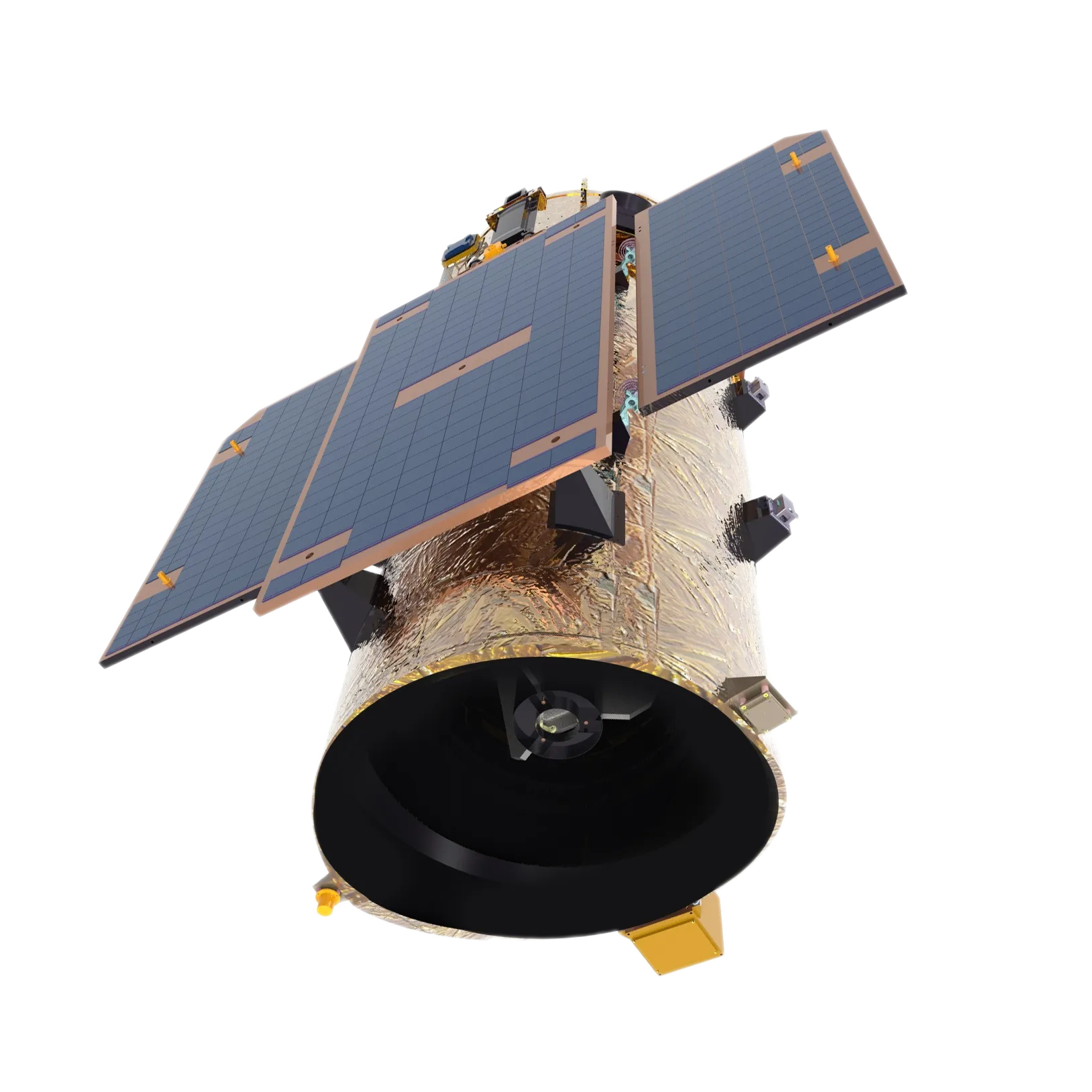
- Afrikaans
- Albanian
- Amharic
- Arabic
- Armenian
- Azerbaijani
- Basque
- Belarusian
- Bengali
- Bosnian
- Bulgarian
- Catalan
- Cebuano
- China
- Corsican
- Croatian
- Czech
- Danish
- Dutch
- English
- Esperanto
- Estonian
- Finnish
- French
- Frisian
- Galician
- Georgian
- German
- Greek
- Gujarati
- Haitian Creole
- hausa
- hawaiian
- Hebrew
- Hindi
- Miao
- Hungarian
- Icelandic
- igbo
- Indonesian
- irish
- Italian
- Japanese
- Javanese
- Kannada
- kazakh
- Khmer
- Rwandese
- Korean
- Kurdish
- Kyrgyz
- Lao
- Latin
- Latvian
- Lithuanian
- Luxembourgish
- Macedonian
- Malgashi
- Malay
- Malayalam
- Maltese
- Maori
- Marathi
- Mongolian
- Myanmar
- Nepali
- Norwegian
- Norwegian
- Occitan
- Pashto
- Persian
- Polish
- Portuguese
- Punjabi
- Romanian
- Russian
- Samoan
- Scottish Gaelic
- Serbian
- Sesotho
- Shona
- Sindhi
- Sinhala
- Slovak
- Slovenian
- Somali
- Spanish
- Sundanese
- Swahili
- Swedish
- Tagalog
- Tajik
- Tamil
- Tatar
- Telugu
- Thai
- Turkish
- Turkmen
- Ukrainian
- Urdu
- Uighur
- Uzbek
- Vietnamese
- Welsh
- Bantu
- Yiddish
- Yoruba
- Zulu
Innovations Driving Low Cost Multispectral Camera Development
The rise of low cost multispectral cameras is a game changer in the imaging industry, bringing advanced multispectral capabilities to a broader audience. Recent innovations in sensor technology, optical components, and manufacturing processes have reduced costs significantly without sacrificing essential functionality. These improvements enable users across agriculture, environmental monitoring, and industrial sectors to harness the power of multispectral imaging cameras without a prohibitive investment.
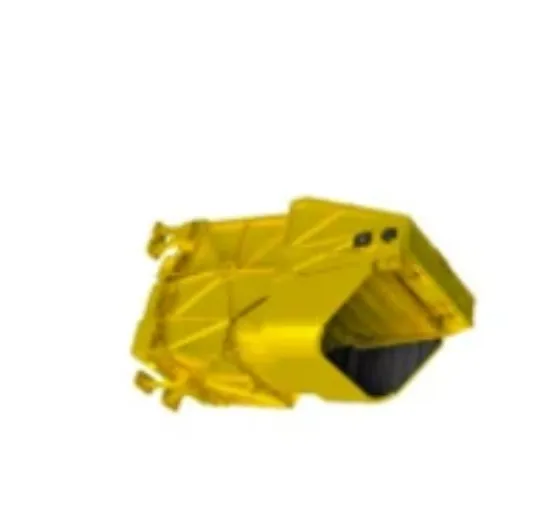
One key innovation is the integration of compact, high-sensitivity sensors that capture multiple spectral bands efficiently. Coupled with precision-engineered multispectral lenses, these sensors deliver clear, accurate images that reveal details invisible to conventional cameras. The result is a multispectral visible imaging camera capable of supporting complex analysis at a fraction of the previous cost.
Additionally, advances in data processing and software algorithms allow even budget-friendly low cost multispectral cameras to produce high-quality results. Real-time imaging, cloud connectivity, and user-friendly interfaces enhance usability and broaden application possibilities. These developments make it easier than ever to adopt multispectral imaging technology in new and innovative ways.
Enhancing Applications with Multispectrum Infrared Combination Cameras
The combination of infrared and visible spectral imaging in multispectrum infrared combination cameras expands application horizons dramatically. For example, in environmental studies, these cameras enable simultaneous analysis of vegetation health through visible bands and thermal stress through infrared bands. In industrial inspections, defects that emit heat or have different thermal signatures can be detected alongside surface features, improving quality control.
This dual spectral capability is particularly valuable for remote sensing, where comprehensive environmental data collection is crucial. As these cameras become more compact and affordable, their use is expected to grow rapidly, delivering richer insights across numerous fields.
Selecting the Best Multispectral Lens for Your Camera
Choosing the appropriate multispectral lens is essential to maximize the performance of any multispectral camera system. The lens must be capable of transmitting light efficiently across all required spectral bands while maintaining sharpness and minimizing distortion. Specialized coatings and high-quality glass materials are often used to achieve this.
For those working with multispectral visible imaging cameras, selecting lenses that optimize performance in the visible and near-infrared ranges is critical. If your work involves a multispectrum infrared combination camera, lenses must be optimized for a broader spectral range, including longer infrared wavelengths. Matching the lens to your camera’s sensor size and application ensures accurate data capture and high-quality imaging results.
In conclusion, the rapid evolution of low cost multispectral cameras, combined with sophisticated multispectral lenses and the power of multispectrum infrared combination cameras, is reshaping how multispectral imaging is applied worldwide. As these technologies become more accessible and capable, they empower users to uncover valuable insights hidden beyond the visible spectrum, driving innovation in agriculture, environmental science, industry, and beyond.






